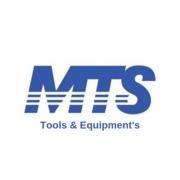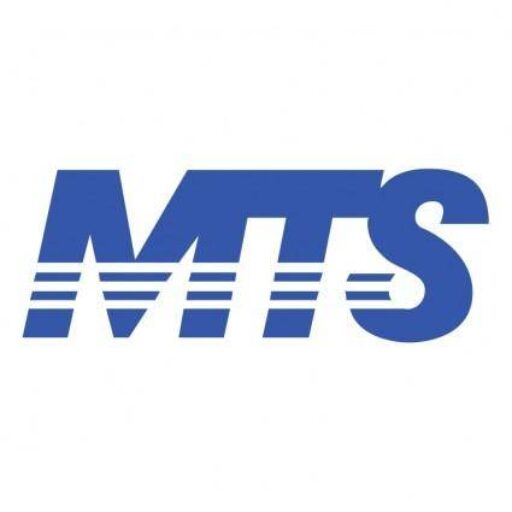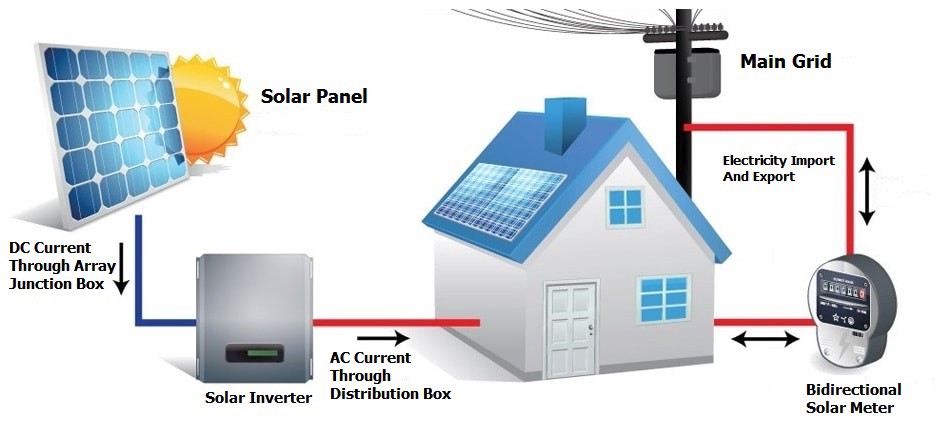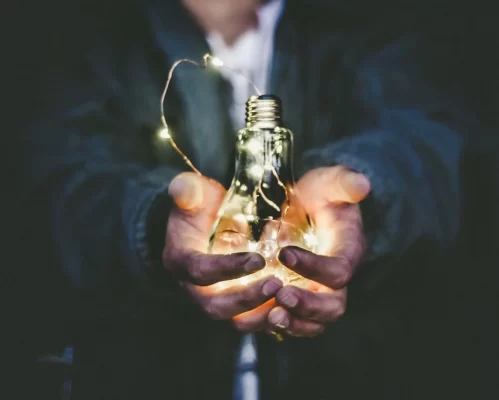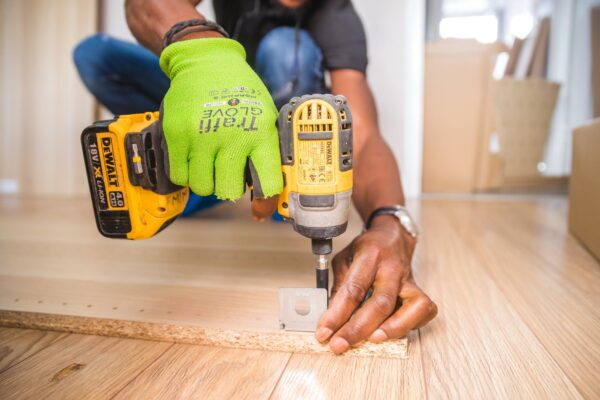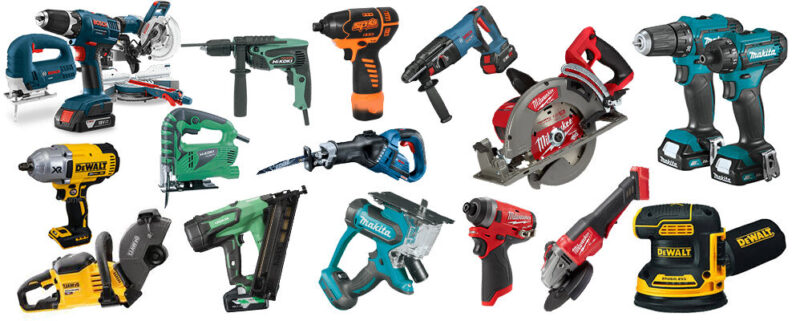Solar Equipment's
Solar power system types: equipment needed, costs, pros, and cons
Solar power system types: equipment needed, costs, pros, and cons
Around the globe, more and more homeowners are electing to install residential solar power systems. Their motivation is to reduce long-term energy costs while minimizing their carbon footprint.
According to a report by SEIA, a record amount of residential solar capacity was installed in Q4 2020, and overall growth for 2021 is estimated at 18%, with growth expected to continue in the coming years. This rapid development has stemmed mostly from improvements in the efficiency and lower cost of the latest solar power systems.
So, what types of solar panel systems are there? What equipment is needed for an efficient home solar power system? Can you install solar panels yourself? And when will break-even occur? Let’s dive in to find the answers to these questions and more.
What is a solar panel system?
Roof-mounted solar panel systems absorb and convert the energy-packed photons of natural sunlight into a usable energy form. Solar panel systems are often referred to as PV, or photovoltaic, solar power systems.
The following video explains how most solar power systems work to power a home:
The home installation of a high-quality solar power system can reduce or eliminate dependence on the utility power grid that supplies electricity to light, heat, cool, and operate your home.
Residential solar power system installations result in a clean, renewable energy source that requires minimal maintenance with savings that could pay back the initial investment in just a few years!
Once your solar system is paid off, you will have decades of free energy.
What are the types of solar power systems?
There are three main types of solar power systems:
- Grid-tied systems: The most popular solar system type; the home is connected to the grid so it can use electricity from the utility when the solar panels aren’t producing enough energy to power the home
- Hybrid systems: Also called ‘solar-plus-storage systems’; the solar panels are paired with a solar battery to store energy for the home to use later on or during a power outage, and the home is also connected to the grid
- Off-grid systems: There is no connection to the grid and the home runs entirely off of energy generated and stored on site
How much will a solar power system cost?
Most professionally-installed solar panel systems cost between $18,000 and $20,000 before factoring in any rebates or incentives. Find out which federal, state, and utility incentives you may qualify for here.
If you’re looking to add a battery to your system, you can add another $10,000 minimum to that price. Off-grid systems may be even more expensive because you will need more solar panels and more storage to cover your energy usage.
Remember, the cost of a solar panel system varies depending on the size you need, where you live, what equipment you choose, and the installer you go with. There are also incentives to keep in mind, like the substantial 26% solar tax credit offered by the IRS.
Our solar calculator incorporates initial costs plus long-term savings to help with your decision of whether or not to go solar.
What is the best solar power system for home?
The right solar power system for your home depends on what you want out of the system.
If you’re just trying to save money on your electricity bills with the added bonus of powering your home with renewable energy, then a grid-tied solar system is probably best for you. Grid-tied systems are especially great if your utility offers full-retail net metering.
Hybrid solar power systems are better suited for homeowners who live in areas that have access to the grid, but still experience frequent power outages. In most cases, solar batteries won’t save you any additional money, so you’re really paying for the peace of mind of having a battery backup bank when the grid is down. Hybrid systems are also popular for homeowners who want to maximize the amount of clean energy they use to power their home.
Off-grid systems are best for homeowners who don’t have access to the grid. Whether it’s a rural farm or a cabin in the woods, off-grid solar systems let you have the electricity that you otherwise might not have. However, going off-grid requires some substantial lifestyle changes, as you really need to be conscious of your energy consumption.
What are the main components of a solar panel system?
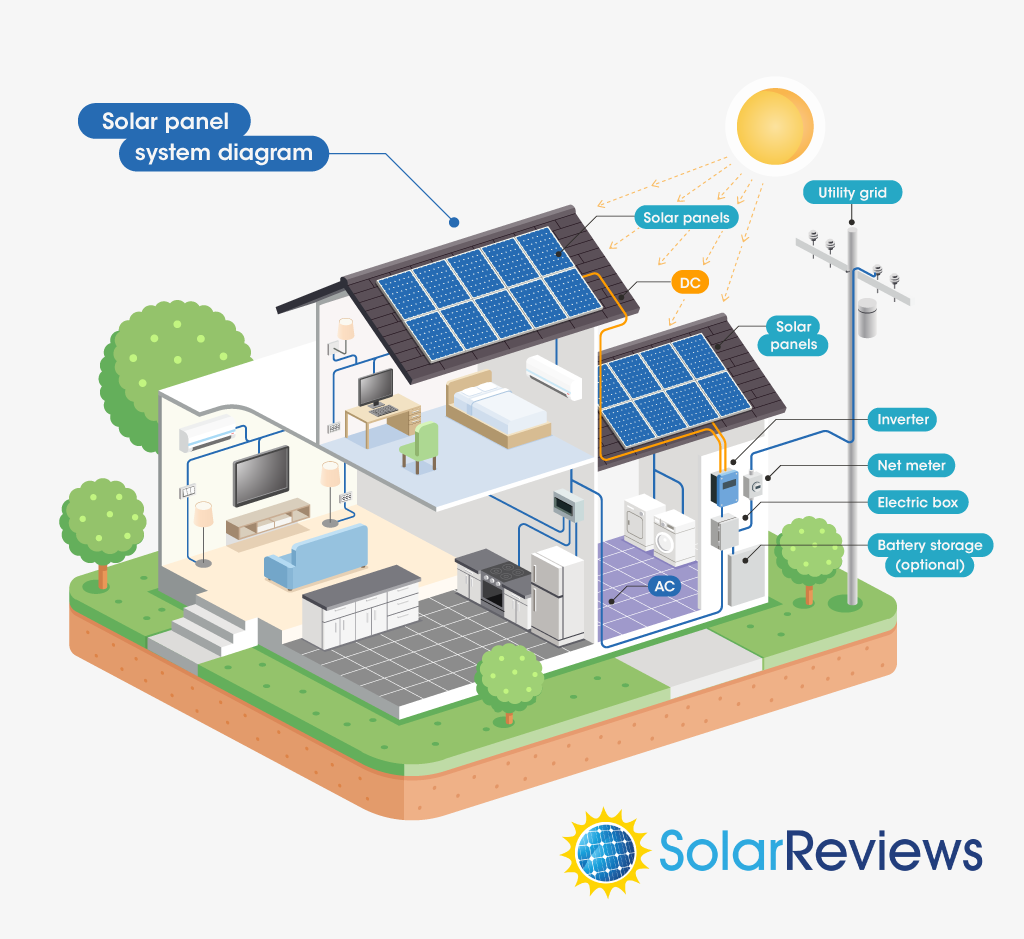
Understanding the components of a solar power system is the first step to finding the right system for you. The components of a grid-tied home solar power system include:
- Solar panels
- Solar inverter
- Solar racking
- Net meter
- Solar performance monitoring
Hybrid and off-grid solar system types will require additional equipment. Aside from the equipment listed above, they will also use:
- Solar battery storage
- Charge controller
Solar panels
The solar panels themselves are the key elements of a solar power system – they’re what produces the electricity! All solar systems, no matter the type, will have solar panels. Solar panels are made up of solar cells made of silicon, that are wired together to make solar modules.
Some popular solar panel brands include LG, LONGi Solar, SunPower, and Jinko Solar. SolarReviews produces an extensive, unbiased list of leading solar panel brands from around the world comparing attributes such as cost, efficiency, and warranty.
Most solar panels installed today are monocrystalline solar panels, but some homeowners do still choose polycrystalline panels to save a bit of money.
Learn more: Monocrystalline vs polycrystalline solar panels
Solar inverter
Inverters are the mechanisms that convert the direct current (DC) produced by the solar panels into the alternating current (AC) that homes require.
Inverters come in three types:
- String or centralized inverters: They are the least expensive, but can be inefficient. This is because there is potential production loss if there is shading on the roof.
- Microinverters: These inverters are more expensive, and are attached to each solar panel, allowing for smooth operations even when some panels are shaded.
- Power optimizers: Installed in each panel, they optimize the DC output of each PV module, which then goes on to a string inverter for conversion to AC power. They are less expensive than micro inverters, but slightly more expensive than string inverters.
Related articles:
How a solar inverter works in your home solar system
Comparing micro inverters vs string inverters, plus other inverter types
Solar racking
Solar panels are not attached to the roof directly. Panels are mounted on racking systems, which are attached to the roof and angled for the optimal degree of sun exposure.
Net meter
A net meter is a key component of solar systems that are connected to the grid if your utility offers net metering.
If your utility company offers net metering and you have grid-connected solar, with or without a battery, any solar electricity that you produce that you don’t use (or store in your battery) is sent to the grid. With net metering, your utility will pay you for that electricity you send, which lowers your electric bill.
To keep track of how much electricity your solar panels produce versus how much electricity you use from the utility, a special electric meter, called a ‘net meter’, is required.
Since they aren’t connected to the utility, off-grid solar systems do not need a net meter.
Solar performance monitoring
To verify the performance of your PV system, a monitoring system will show you how much electricity is being generated per hour, per day, or per year. The system can identify potential performance changes, as well.
You can check out our complete list of the best solar monitoring systems here.
Solar battery storage
Solar batteries can be added to your solar system to store solar energy for later or if you want to use it overnight. Storage batteries also allow a PV system to operate when the electric grid is not available. If you want your solar panels to operate during a power outage, you need to pair them with a solar battery.
Hybrid solar systems and off-grid systems both use solar energy storage. However, off-grid systems require more batteries because they don’t have the grid to fall back on like hybrid systems do.
Charge controller
Charge controllers are only used for solar power systems that have battery storage. Grid-tie systems without batteries do not require a charge controller.
Charge controllers are installed between the solar panels and the battery to prevent the batteries from being overcharged and to ensure that the battery is charged by the right voltage level. If overcharged, batteries can catch on fire, so a charge controller is essential in making sure your battery system is safe and long-lasting.
Can you install a solar power system yourself?
You can install solar panels yourself if you’re looking to save money on installation costs. Many people who decide to go the DIY route use solar panel kits that cost anywhere from $7,000 to $15,000 to cover all of their energy usage. You can check out our list of solar panel kits here.
While DIY solar installations may save you a little bit of money upfront, they will require a substantial amount of time to install and they can be dangerous. Not only that, but you’ll have to manage to permit and inspections on your own, which can be quite difficult.
Some utilities won’t even allow you to connect DIY solar installations to the grid, and you could void out some of your equipment warranties, as well.
In short, yes you can install a solar power system yourself, but we don’t recommend it.
Learn more: DIY solar panel guide
Who should I use to install my solar system for home?
Proper installation can be as critical to future performance and return on your investment as the quality of the equipment. Extensive training and a complete understanding of each element are essential.
Many of the best manufacturers have partnered with qualified solar installers in each geographic area. These companies provide onsite training and verification of professional installers before certification.
To find out if a solar panel system is a worthwhile and attainable investment for you, use the solar calculator below to gather the information you need to make a decision.

